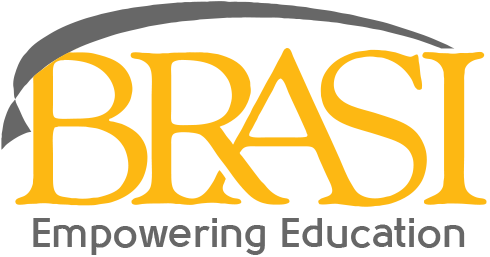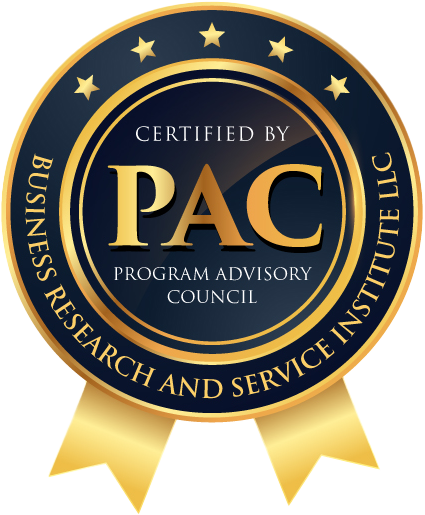Sales forecasting and demand management are the two primary activities that precede the supply chain planning process.
Sales forecasting has a mid-to-long-term view and uses historical data along with assumptions and qualitative factors such as expert opinion and market research. It also employs quantitative methods like time series analysis and econometric models.
On the other hand, demand management mainly deals with near-term demand, including custom orders. Sales forecasts provide essential information necessary for capacity decisions, inventory projections, product development, and similar strategic views.
Demand management aims at optimizing the current supply to meet near-term demand, dealing with customer service matters, and maintaining a healthy cash flow. Components such as demand planning, sales and operations planning (S&OP), and order fulfillment play crucial roles in ensuring that demand aligns with supply, enhancing overall customer satisfaction and cost efficiency.”
These are important factors for the supply chain – this is where it all begins. The forecasting process is aligned with the monthly sales report, replacing the previous month’s forecast with the actual sales data and adding another month of forecast at the end of the planning horizon. This reflects the ‘rolling’ nature of the forecast, hence called Rolling Forecast.
This method not only updates predictions with the most recent data but also extends the planning horizon, allowing businesses to continuously adapt to changing market conditions. By integrating rolling forecasts with demand management strategies, companies can better synchronize supply and demand, optimize inventory levels, enhance production scheduling, and ultimately improve customer satisfaction and financial planning.
Related: Challenges of Sales Forecasting in the 2nd Year of the Pandemic
Each month, the demand forecast for the rest of the budget year is updated to reflect how sales are tracking against the total plan, i.e., actual sales plus the remaining forecast should equal the total budget on an ongoing basis to stay aligned with the supply plan and capacity.
Using the right forecasting tool and data can improve forecast accuracy significantly, resulting in higher efficiency for the supply chain. An improvement in forecast accuracy also reduces the need for safety stock, bringing in savings in inventory holding costs and improving product shelf life.
The methods and calculations of Sales Forecasting and Demand Management are discussed in detail in BRASI’s CISCOM – Certified in Supply Chain & Operations Management training course. The CISCOM course is now offered as a hybrid training course of six months duration, which you can start any time and review at your own schedule with the help of an instructor on a need basis. Enroll Now and Get Certified.
Related: What is Demand Forecasting and Why it is Important?

Aftab Khan is a logistics specialist with over forty years of experience in all aspects of supply chain and logistics management. He is an engineer by training and holds an MBA, besides several certifications from APICS/ASCM, ISCEA, and BRASI. Mr. Khan is the Executive Director of Business Research and Service Institute LLC, USA.








